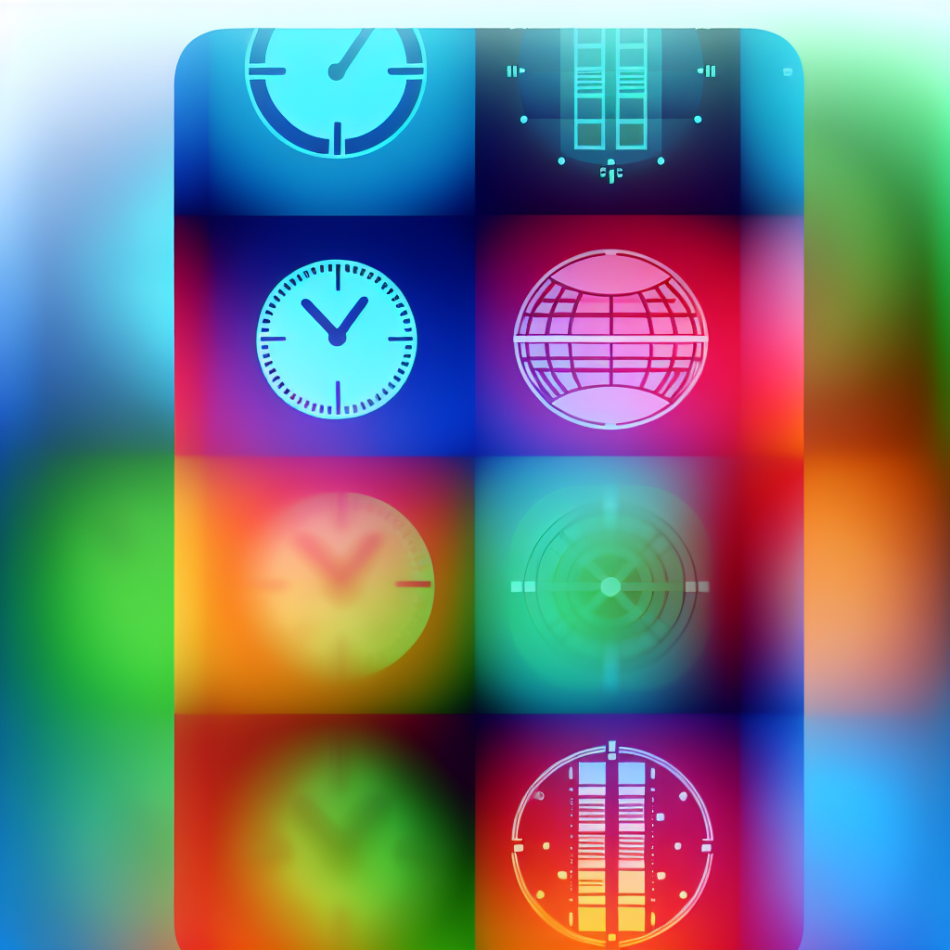Staying Organised with ADHD: Tools That Make a Difference
For individuals with ADHD, maintaining focus and structure can feel like an uphill battle. Traditional productivity methods often fall short, leaving frustration in their wake. However, a growing range of planners, timers, and apps designed with neurodiversity in mind are proving transformative. This article explores ADHD-friendly tools that users swear by, offering practical strategies to navigate daily tasks with greater ease—most of the time.
Understanding ADHD and Organisation Challenges
ADHD impacts executive functions like time management, task initiation, and prioritisation. Conventional tools often assume a linear, sustained focus—something many neurodivergent individuals find elusive. Distractions, time blindness, and overwhelm can derail even the best intentions. Effective solutions must address these pain points by offering flexibility, sensory engagement, and external accountability without rigidity. The right tools act as scaffolding, bridging the gap between intention and action.
Planners: Structured Flexibility for Daily Success
Physical planners like the Bullet Journal system thrive in ADHD communities due to their customisable nature. Users can create trackers, habit logs, and priority lists without restrictive templates. For digital enthusiasts, apps like TickTick or Todoist allow colour-coding, subtasks, and recurring reminders. The key is simplicity: overcomplicated layouts lead to abandonment. Prioritising visual clarity and quick edits ensures planners adapt to fluctuating energy levels rather than adding pressure.
Timers: Harnessing Time with Tangible Reminders
Time blindness—a common ADHD trait—makes abstract concepts like “30 minutes” feel meaningless. Physical timers, such as the Time Timer, use a disappearing red disk to visualise elapsed time, making deadlines tangible. For tech-savvy users, the Pomodoro Technique (25-minute work sprints followed by breaks) is bolstered by apps like Focus Keeper, which gamify progress. Audible alerts and vibration cues act as external nudges, reducing reliance on internal timekeeping.
Apps: Digital Solutions for Focus and Accountability
Apps tailored for ADHD often incorporate sensory feedback or rewards. Forest discourages phone use by growing virtual trees during focus sessions, while Habitica turns tasks into a role-playing game. For sensory-sensitive users, Focus@Will offers music engineered to enhance concentration. Crucially, these tools avoid overwhelming users: minimal interfaces and customisable alerts prevent cognitive overload. Many also sync across devices, ensuring reminders follow you everywhere.
Combining Tools for Maximum Impact
No single tool works universally, but strategic combinations yield better results. Pairing a visual timer with a digital planner creates external accountability for both time and tasks. For example, scheduling a 25-minute Pomodoro block in Google Calendar, then using Forest to stay off social media during that period. Syncing apps with smart home devices—like Alexa reminders for medication—adds another layer of support.
Personalising Your ADHD-Friendly Toolkit
Experimentation is key. Some thrive with tactile tools like whiteboards or sticky notes; others prefer apps with haptic feedback. Consider sensory preferences: fidget-friendly timers or planners with textured pages can enhance engagement. Regularly reassess what’s working—what helps during high-energy phases may falter under stress. Online communities, like ADHD subreddits, offer crowdsourced hacks, from using Trello for project breakdowns to Notion templates for hyper-specific routines.
Embracing Imperfection and Progress
ADHD management isn’t about flawless execution. Even the best tools will have off days, and that’s okay. The goal is to reduce friction, not achieve perfection. Celebrate small wins—a completed timer session or a checked-off planner task—and adjust tools as needed. Flexibility and self-compassion are as vital as the tools themselves.
Conclusion: Building Your Unique Support System
From tactile timers to gamified apps, ADHD-friendly tools succeed by aligning with neurodivergent needs: flexibility, sensory engagement, and external cues. While planners address task management and timers combat time blindness, combining these with personalised apps creates a robust support network. Remember, effectiveness lies in adaptation, not adherence. By experimenting and embracing imperfection, individuals with ADHD can craft systems that turn daily chaos into manageable steps—one timer, list, or reminder at a time.
